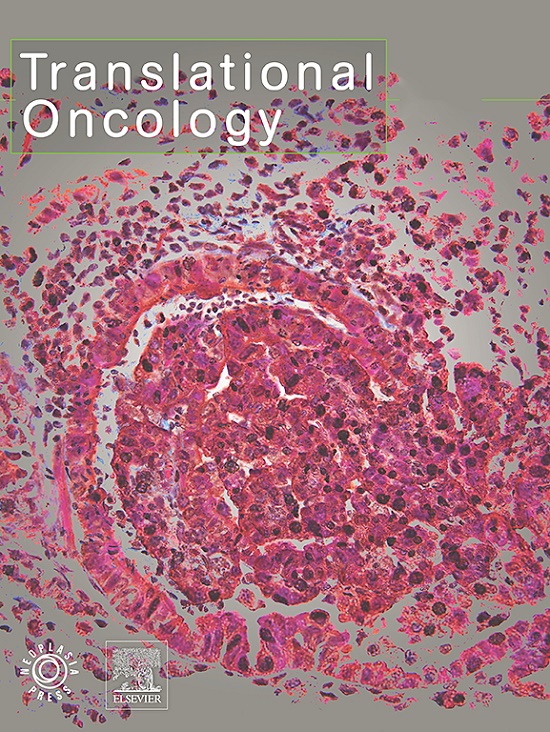Tubeimoside I induces mitophagy by activating the PINK1/Parkin/Mfn2 signaling pathway in acute myeloid leukemia cells
IF 5
2区 医学
Q2 Medicine
引用次数: 0
Abstract
Acute myeloid leukemia (AML) is the most prevalent kind of acute leukemia in adults. Despite the availability of new targeted therapies, AML remains connected with a poor prognosis and decreased rate of survival. Tubeimoside I (TBMS1), a critical compound extracted from Bolbostemma paniculatum, has demonstrated potential anticancer effects in lung and colorectal cancers. Nevertheless, the TBMS1 anticancer pathway against AML is still elusive. This study aimed to explore the potential role of TBMS1 in anti-AML and its molecular mechanism. In vitro, TBMS1 treatment suppressed AML cells proliferation, induced apoptosis, and mitochondrial damage, and elevated ROS levels. Network pharmacological analysis suggested, and subsequent studies confirmed, that TBMS1 induced mitophagy in AML cells by modulating the PINK1/Parkin/Mfnh2 signaling pathway, an effect that was effectively reversed following PINK1 knockdown. In vivo, TBMS1 treatment suppressed the proliferation of AML cells after 21 days, improved the survival rates of nude mice, and showed no evident organ toxicity. These evidences suggest that TBMS1 may have significant therapeutic potential in treating AML.

Tubeimoside I通过激活急性髓性白血病细胞中的PINK1/Parkin/Mfn2信号通路诱导有丝分裂。
本文章由计算机程序翻译,如有差异,请以英文原文为准。
求助全文
约1分钟内获得全文
求助全文
来源期刊

Translational Oncology
ONCOLOGY-
CiteScore
8.40
自引率
2.00%
发文量
314
审稿时长
54 days
期刊介绍:
Translational Oncology publishes the results of novel research investigations which bridge the laboratory and clinical settings including risk assessment, cellular and molecular characterization, prevention, detection, diagnosis and treatment of human cancers with the overall goal of improving the clinical care of oncology patients. Translational Oncology will publish laboratory studies of novel therapeutic interventions as well as clinical trials which evaluate new treatment paradigms for cancer. Peer reviewed manuscript types include Original Reports, Reviews and Editorials.
 求助内容:
求助内容: 应助结果提醒方式:
应助结果提醒方式:


